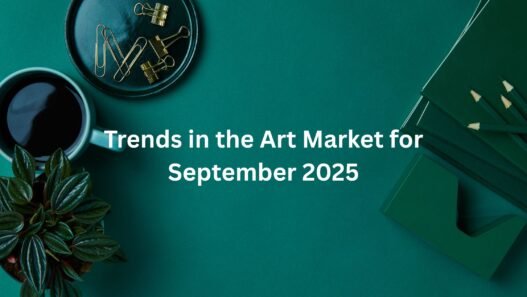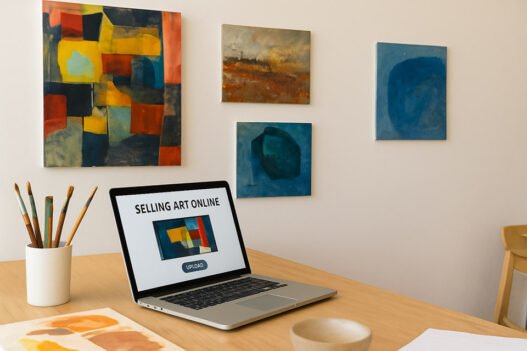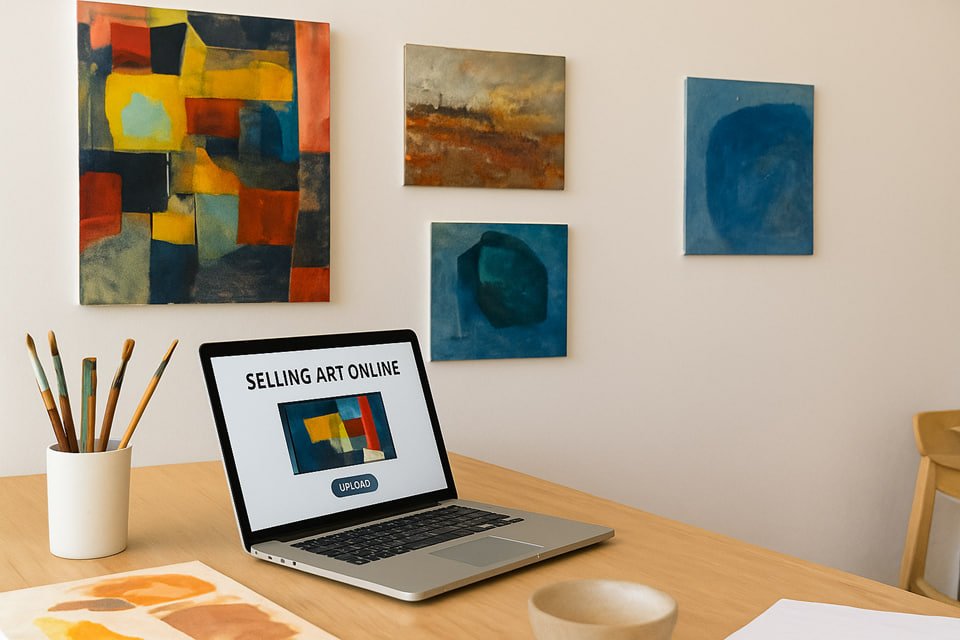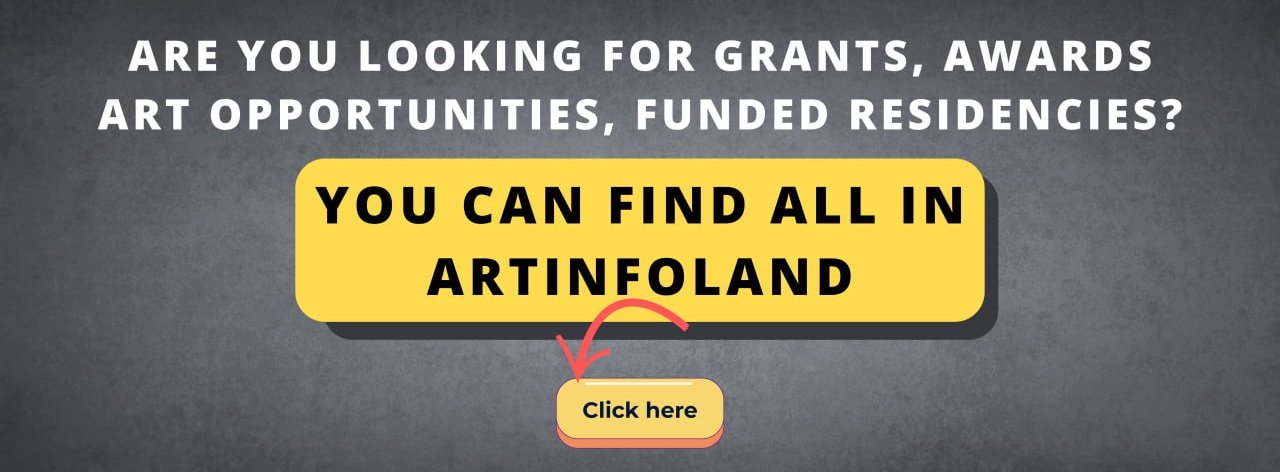The way art is sold has changed dramatically. For many artists, the internet is no longer a side channel but the main stage where their work reaches collectors, curators, and audiences across the globe. Selling art online has created opportunities that were unimaginable a generation ago: the ability to connect directly with buyers, bypass traditional gatekeepers, and build an audience without waiting for gallery representation.
Yet the digital shift is not without challenges. The online market is crowded, fast-moving, and shaped by tools and platforms that artists do not fully control. Success depends not only on talent, but also on strategy. Knowing how to navigate platforms, avoid common pitfalls, and adopt best practices is essential for artists at any stage of their career.
1. Mapping the Platforms: Different Paths to the Market
When selling art online, the first choice is deciding where to sell. Each type of platform comes with distinct advantages and trade-offs.
Curated Marketplaces
These platforms focus on presenting selected works, often with some level of review or curation. Well-known examples include Saatchi Art, UGallery, and Artsper. For artists, they provide visibility, credibility, and the reassurance that buyers are browsing a more focused selection. The downside is less control and higher commissions, but the advantage lies in access to audiences that are actively seeking quality art.
Open Platforms
These are large, accessible marketplaces where anyone can list work. Etsy, Redbubble, and Fine Art America are some of the most widely used. They can be powerful entry points for emerging artists because the barriers to entry are low. However, the competition is intense, and visibility depends heavily on marketing and presentation. Success here requires not only strong work but also an ability to stand out in a sea of listings.
Self-Managed Online Stores
Some artists prefer complete independence through their own websites or e-commerce tools. Platforms like Shopify, Squarespace, and Artspan make it possible to build a personal store with full control over branding, pricing, and customer relationships. Yet this freedom comes with responsibility. Artists must manage logistics, customer service, and marketing without the built-in support of a marketplace. This path works best for artists willing to treat their practice as both a creative and entrepreneurial pursuit.
2. Pitfalls: Where Artists Often Stumble
Selling art online may seem straightforward, but many artists encounter the same challenges.
Poor Visual Presentation
The most common misstep is underestimating the importance of images. Art is visual, yet many artists upload photographs that fail to capture detail, color, or scale. Blurry images or poor lighting can instantly diminish the impact of even the most compelling work.
Overreliance on a Single Platform
Putting all sales efforts into one platform is risky. Algorithms change, fees increase, and platforms evolve in ways beyond the artist’s control. Diversification is not just a strategy; it is protection against sudden shifts in the digital landscape.
Ignoring Logistics
Shipping, packaging, and international duties can quickly turn into obstacles if not carefully managed. Failing to calculate costs accurately, or neglecting to communicate them clearly to buyers, often results in lost sales or unhappy clients.
Neglecting Storytelling
Collectors are not only purchasing an object; they are buying into the story, process, and vision of the artist. Many artists forget to provide context, descriptions, or insights into their practice. Without this human connection, a piece of art risks being reduced to a decorative item in an endless catalog.
3. Best Practices: Building Trust and Visibility
To thrive online, artists must combine professionalism with authenticity.
High-Quality Documentation
Investing in consistent, well-lit, high-resolution photography is crucial. Images should include close-ups, details, and contextual shots that help viewers imagine the work in a space. Quality documentation not only builds trust but also communicates respect for the artwork.
Transparency
Collectors value clarity. Pricing, shipping, and return policies should be clearly stated from the start. Transparency reduces hesitation and demonstrates professionalism.
Multi-Channel Presence
The most successful artists spread their presence across different channels. A marketplace profile can generate visibility, while a personal website builds brand identity, and social media creates direct engagement. Each channel plays a role in drawing collectors into the artist’s ecosystem.
Compelling Narratives
Descriptions should go beyond dimensions and materials. Artists can share inspiration, process, and the meaning behind their work. Storytelling creates a bridge between creator and collector, turning a transaction into a relationship.
Consistent Engagement
Online sales are rarely the result of a single post or listing. They grow from consistent communication: newsletters, studio updates, or behind-the-scenes glimpses. Regular interaction signals reliability and commitment, which helps build long-term trust.
4. Lessons Artists Can Learn
The digital art market is filled with examples that demonstrate what works and what does not.
- Artists who succeed in open marketplaces often focus on building a recognizable style and brand identity, ensuring their work is instantly distinguishable in a crowded field.
- Those who run their own stores typically thrive when they combine their artistic vision with entrepreneurial discipline, treating their site as both a portfolio and a business.
- Artists who fail to diversify often struggle when a single platform changes its policies or fees, leaving them vulnerable. Building resilience means having more than one door open to collectors.
These patterns show that while tools and platforms differ, the principles of professionalism, consistency, and storytelling remain universal.
5. Looking Ahead: The Future of Online Art Sales
The online art world continues to evolve. Emerging technologies, from virtual viewing rooms to digital previews that allow buyers to see how a work fits in their space are expanding possibilities. Social media remains a key driver of visibility, but competition for attention is intensifying.
What will not change is the value of authenticity. As platforms shift and digital tools advance, collectors will continue to seek art that feels genuine, accompanied by a professional and trustworthy buying experience. Artists who adapt without compromising their voice will be best positioned to thrive in this shifting landscape.
Conclusion
Selling art online is not only about uploading images; it is about crafting an experience. The most successful artists approach digital sales as a holistic practice that combines creativity with communication, discipline with flexibility. Platforms can change, but the artist’s ability to present work professionally, tell compelling stories, and nurture trust will always matter.
The online marketplace can feel crowded, but for artists who embrace its possibilities and navigate its challenges with care, it offers unprecedented opportunities to share their vision with the world.
What about you? Have you tried selling your work online? Which platforms have worked best and what pitfalls have you faced? Share your experience in the comments, and don’t forget to forward this article to a fellow artist navigating the same path.




















